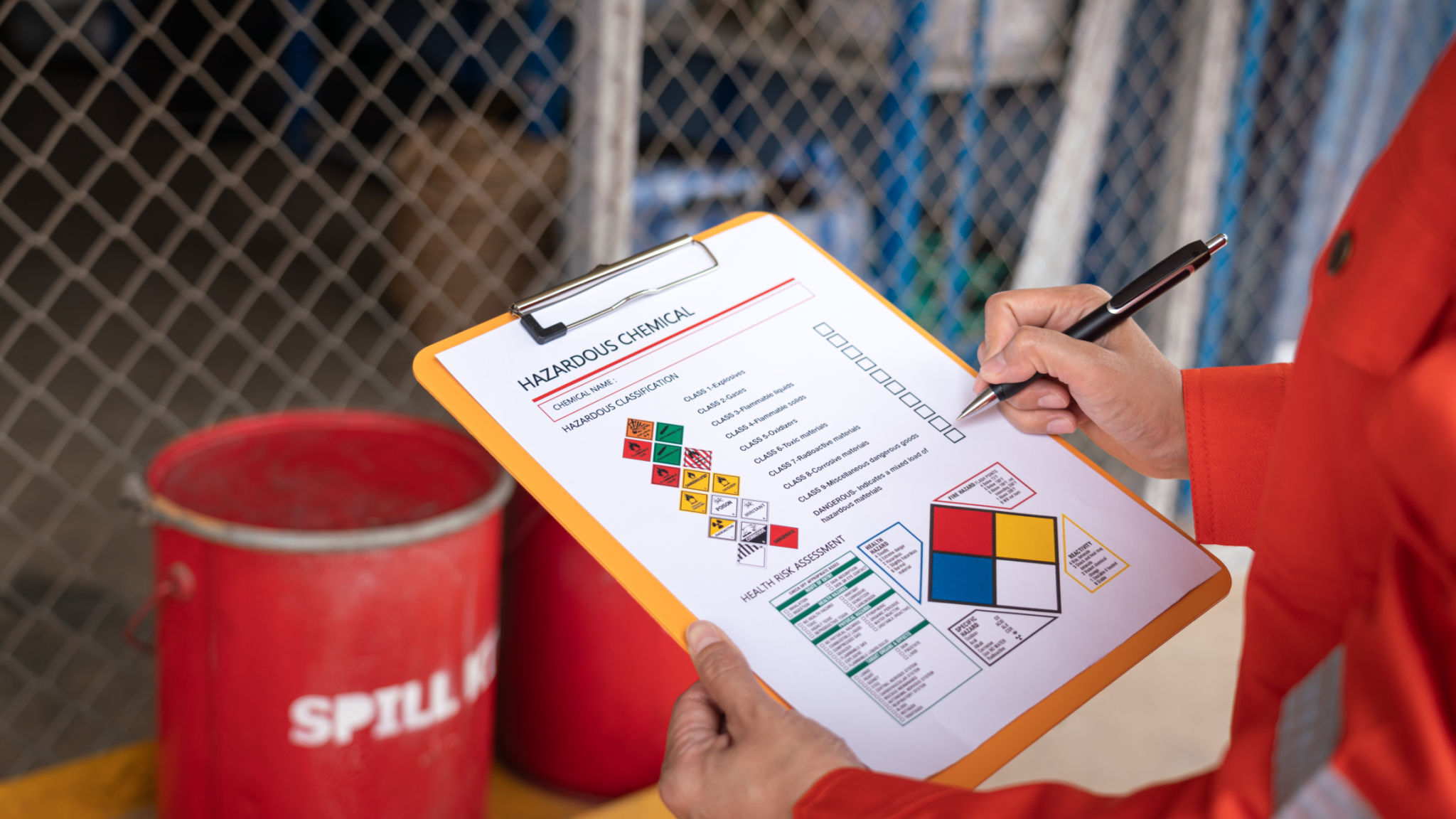Common Misconceptions About Leak Detection and Repair in Oil and Gas
DB
Understanding Leak Detection
In the oil and gas industry, leak detection is crucial for maintaining safety and environmental standards. However, there are several misconceptions about how these systems work and their effectiveness. Understanding the truth behind these misconceptions can help improve both operational efficiency and safety protocols.

Myth: Leak Detection Systems Are Foolproof
One common misconception is that leak detection systems are completely foolproof. While they are highly effective, no system is perfect. Factors such as equipment sensitivity, environmental conditions, and human error can affect detection capabilities. It's vital to complement automated systems with regular manual inspections to ensure leaks are caught early.
Myth: Leak Detection Is Only Necessary for Older Pipelines
Another myth is that only older pipelines require leak detection systems. In reality, leaks can occur in both new and old infrastructure due to various factors like material defects, installation errors, or unforeseen environmental impacts. Implementing leak detection across all assets is essential for comprehensive risk management.

The Cost Factor
Cost is often cited as a barrier to implementing advanced leak detection technologies. However, the cost of potential environmental damage and regulatory fines far outweighs the upfront investment in these systems. Moreover, technological advancements have made leak detection more affordable and accessible than ever before.
Myth: Leak Detection Is Too Expensive
Many believe that installing and maintaining leak detection systems is prohibitively expensive. While there are costs involved, modern solutions offer scalable options that can fit various budget constraints. Investing in these technologies can ultimately save money by preventing costly spills and minimizing environmental impact.

The Role of Technology
Technology plays a pivotal role in enhancing leak detection accuracy and efficiency. From advanced sensors to real-time monitoring systems, innovations continue to evolve, making it easier to detect and respond to leaks quickly.
Myth: Technology Alone Can Solve All Leak Issues
While technology significantly improves leak detection capabilities, it is not a standalone solution. A comprehensive approach that includes regular maintenance, staff training, and procedural checks is necessary to ensure optimal system performance. Human oversight remains critical in interpreting data and making informed decisions.
The Environmental Impact
The misconception that small leaks have negligible environmental impact is dangerous. Even minor leaks can lead to significant ecological damage over time. Rapid detection and response are crucial in minimizing environmental harm and maintaining compliance with stringent regulations.
In conclusion, addressing misconceptions about leak detection and repair in the oil and gas industry is essential for enhancing operational safety and reducing environmental risks. By investing in effective technologies and maintaining vigilant practices, companies can safeguard their assets and the environment.
